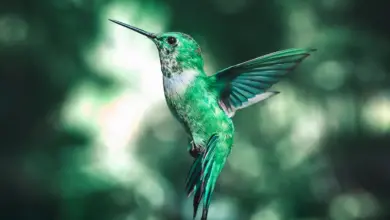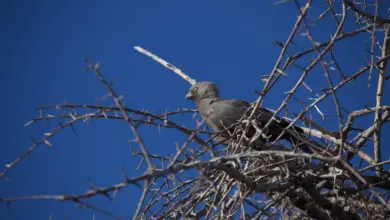Southern Black Tits (Parus niger)
The Southern Black Tits (Parus niger) – often referred to as simply Black Tits – occur naturally in South Africa, from Angola east through Zambia and Mozambique, south through Zimbabwe – where they are most common – to Eastern Cape Province. Their preferred habitats are tropical and subtropical savanna woodland areas that are dominated by broad-leaved trees.
Subspecies and Ranges
Southern Black Tit (Parus niger niger – Vieillot, 1818) – Nominate form
Range: Southern Mozambique south through Swaziland to Eastern Cape Province (eastern South Africa)
Angola Black Tit or Black Tit (xanthostomus) (Parus niger xanthostomus – Shelley, 1892)
Range: Angola south to Namibia and Botswana, and east to Zambia and southern Tanzania
Black Tit (ravidus) (Parus niger ravidus – Clancey, 1964)
Range: Eastern Zambia east to Malawi, Zimbabwe, and Mozambique south to the northern parts of Limpopo Province located in northern South Africa.
Description
Southern Black Tits measure about 6 inches (16 cm) in length – including the tail. They weigh between 0.7 – 0.8 oz (19 – 22 grams).
The male’s plumage is almost entirely blue-black and the female’s more greyish.
The legs are grey and the eyes are blackish-brown.
Nesting / Breeding
Most breeding occurs during the summer wet season. They nest at the bottom of tree cavities lined with plant material. The eggs are incubated by the female alone for about 15 days.
The male provisions the brooding female and later helps feed the young. Under favorable conditions, 3 chicks are raised.
But in most cases, only one makes it to adulthood due to a lack of food supplies within their natural range. One curious aspect of this species is that the nesting female mimics the sound of venomous snakes when she feels threatened.
Diet / Feeding
Southern Black Tits mostly feed on insects, including butterflies, bees, wasps, locusts and ants. Flying insects are mostly hawked aerially (hunted in flight), killed, and then eaten.
They will also take them from the ground or pick them from foliage. They also supplement their diet with nectar and fruiting figs.
Feeding often occurs in mixed-species flocks.
Calls / Vocalizations
https://www.xeno-canto.org/embed.php?XC=78775&simple=1
Alternate (Global) Names
Afrikaans: Gewone Swartmees … Chinese: ???? … Czech: Sýkora cerná, sýkora ?erná … Danish: Sodmejse … Dutch: Roetmees … Estonian: lõuna-nõgitihane … Finnish: Nokitiainen … French: Mésange demi-deuil, Mésange nègre, Mésange noire de Guinée, Mésange noire australe, Mésange noire d’Afrique … German: Mohrenmeise … Italian: Cincia nera … Japanese: kurogara, minamikurogara … Norwegian: Sotmeis … Polish: sikora czarna … Portuguese: Chapim-preto-meridional … Russian: ?????????? ?????? … Slovak: sýkorka ?ierna … Spanish: Carbonero Negro, Herrerillo Negro … Swedish: Afrikansk svartmes … Swahili: Domofupi Mweusi … Tsonga: Xidzhavadzhava … Xhosa: Isicukujeje



